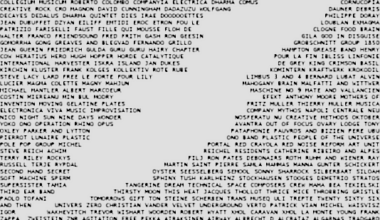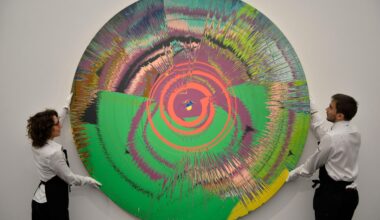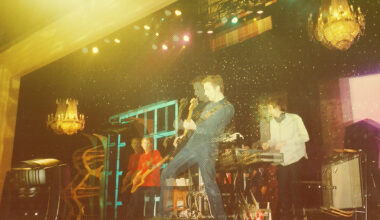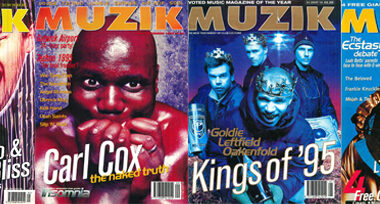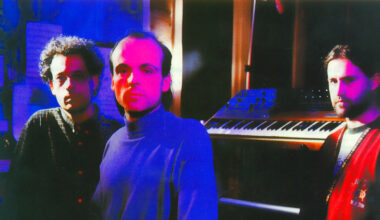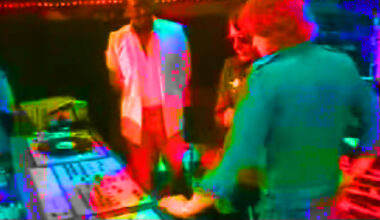Alex From Tokyo recalls the changing music scenes of 1980s and 90s Japan and their totemic influence on his career as a producer, DJ and label head
Want to read more?
Sign up to Electronic Sound Premium to gain access to every post, video, special offers, and more. 100%, all you can eat, no commitment, cancel any time.
Already a premium member? Log in here
